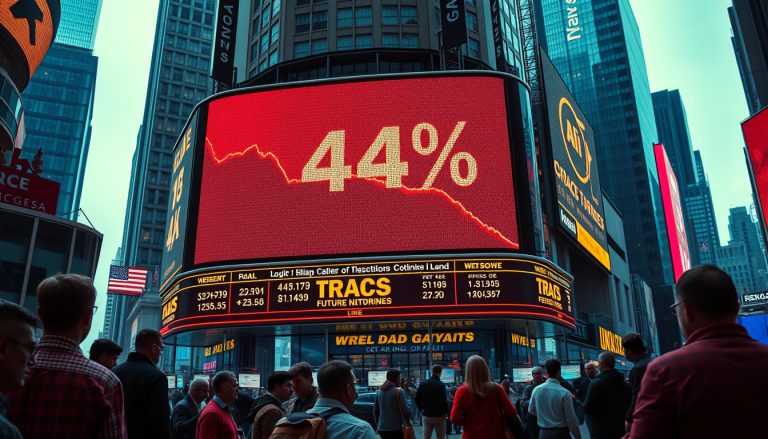In the evolving landscape of the pharmaceutical industry, mergers and acquisitions (M&A) play a crucial role in driving innovation and expanding capabilities.
However, as we step into 2025, the M&A activity among leading pharma giants has decelerated markedly, particularly in the realm of billion-dollar deals.
This significant shift from the vibrant M&A scene witnessed earlier in 2024 raises several questions.
What are the underlying factors influencing these decisions?
How does the current political climate in the U.S.
affect the willingness of companies to engage in large transactions?
This article explores the present state of M&A activity within the biopharma sector, focusing on critical aspects shaping corporate strategies amid uncertainty.

Key Takeaways
- Pharma giants are significantly reducing billion-dollar acquisitions due to political uncertainty in
2025. - Only two acquisitions over $1 billion occurred in Q1 2025, a stark drop from the previous year.
- Oncology remains a key focus for investments, despite the overall decline in M&A activity.
Current State of M&A Activity in Pharma
In the early months of 2025, the biopharmaceutical landscape showcased a significant downturn in merger and acquisition (M&A) activity, notably diverging from the vibrant interaction observed in the prior year where six billion-dollar acquisitions dominated the headlines.
The first quarter of 2025 saw only two major acquisitions exceed the $1 billion threshold: Johnson & Johnson’s impactful $14.6 billion acquisition of Intra-Cellular Therapies, alongside GSK’s strategic $1 billion purchase of IDRx.
This sharp decline in large-scale transactions is largely attributed to a turbulent political environment within the United States, fostering a climate of apprehension for potential buyers concerning the risks associated with making substantial investments.
The overall M&A landscape remains daunting, highlighted by the fact that only four transactions met BioPharma Dive’s criteria in the latter half of 2024, with none reaching the $5 billion mark—an alarming statistic reflective of a seven-year low in such high-value deals.
Industry analysts have pointed to the economic policies under the Trump administration as contributors to this uncertainty, prompting companies to rethink or halt prospective acquisitions.
Interestingly, oncology continues to capture the lion’s share of investments, particularly in Q1 2025, focusing predominantly on cancer-related assets.
Although the year has commenced with a sluggish pace in terms of significant transactions—raising concerns among dealmakers who typically anticipate increased activity under favorable conditions—there’s speculation among experts that a reduction in resources at regulatory agencies like the FDA could paradoxically catalyze increased M&A activity, especially as smaller biotech firms pursue financial fortification through strategic partnerships and acquisitions.
Factors Influencing M&A Decisions in 2025
Several pivotal factors are shaping the M&A landscape within the biopharma sector in
2025.
A primary influencer is the fluctuating political climate in the U.S., which has rendered potential investors cautious due to uncertainties surrounding regulatory changes and economic policies.
This apprehension is especially pronounced given the backdrop of previous high-stakes acquisitions that once characterized the market.
Additionally, industry trends indicate a marked focus on oncology, aligning with the increasing demand for cancer therapies and innovations in treatment.
As larger companies evaluate their strategic priorities, many are opting for smaller, targeted acquisitions rather than embarking on billion-dollar investments.
Furthermore, economic pressures and the evolving regulatory environment have prompted a reevaluation of risk, compelling firms to adopt a more conservative approach.
Experts suggest this could ultimately lead to a more robust pipeline of mergers and acquisitions as smaller biotech firms may subsequently seek partnerships to navigate these uncertain waters effectively, thereby leveraging their assets while enhancing stability through collaboration.















